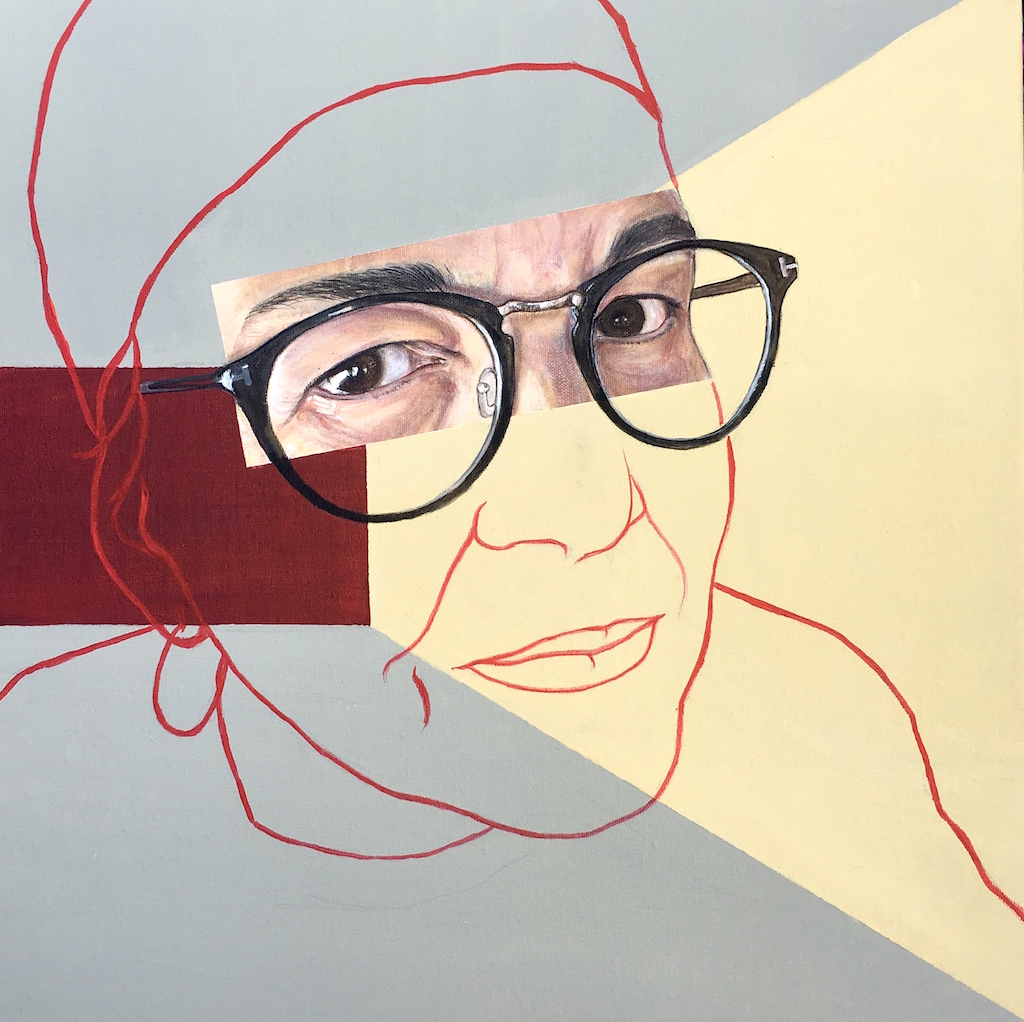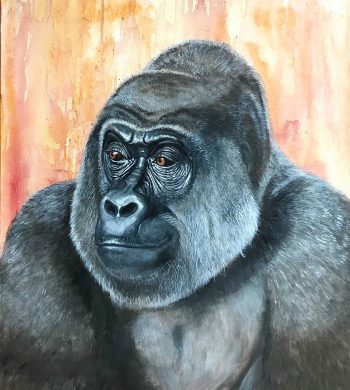
Author: eric
Janus

Cephaloself

The Centaur

Eye’ll Be Seeing You

The Antipope

Lucky Jim

The Other Eric

Private Language

portrait of Ludwig Wittgenstein – more details on shardcore.org
Orange Norma Jean

The Minotaur

The Wrong Child

A Gentleman’s Wager

Self

Nietzsche and the horse II

Edie
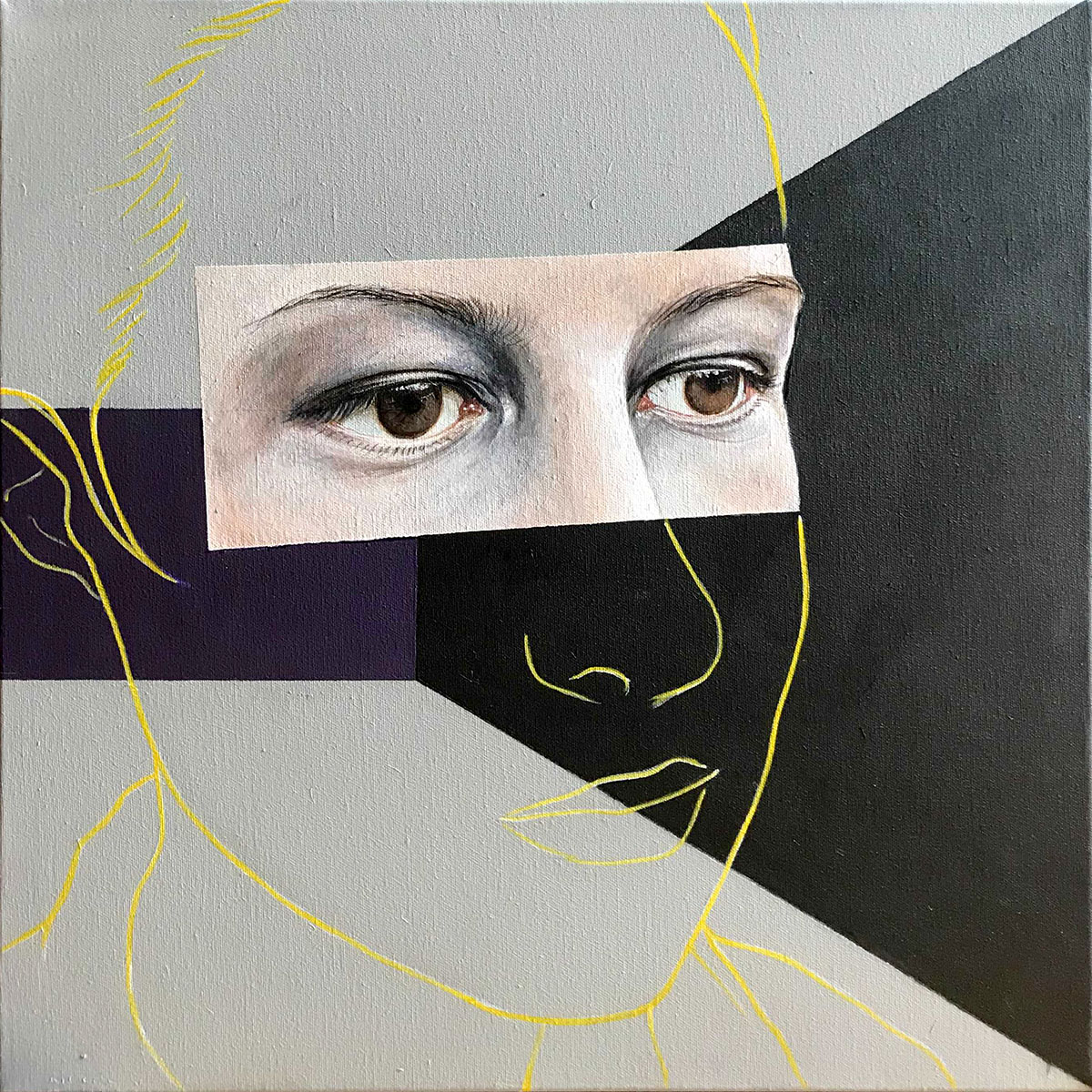
Tibs
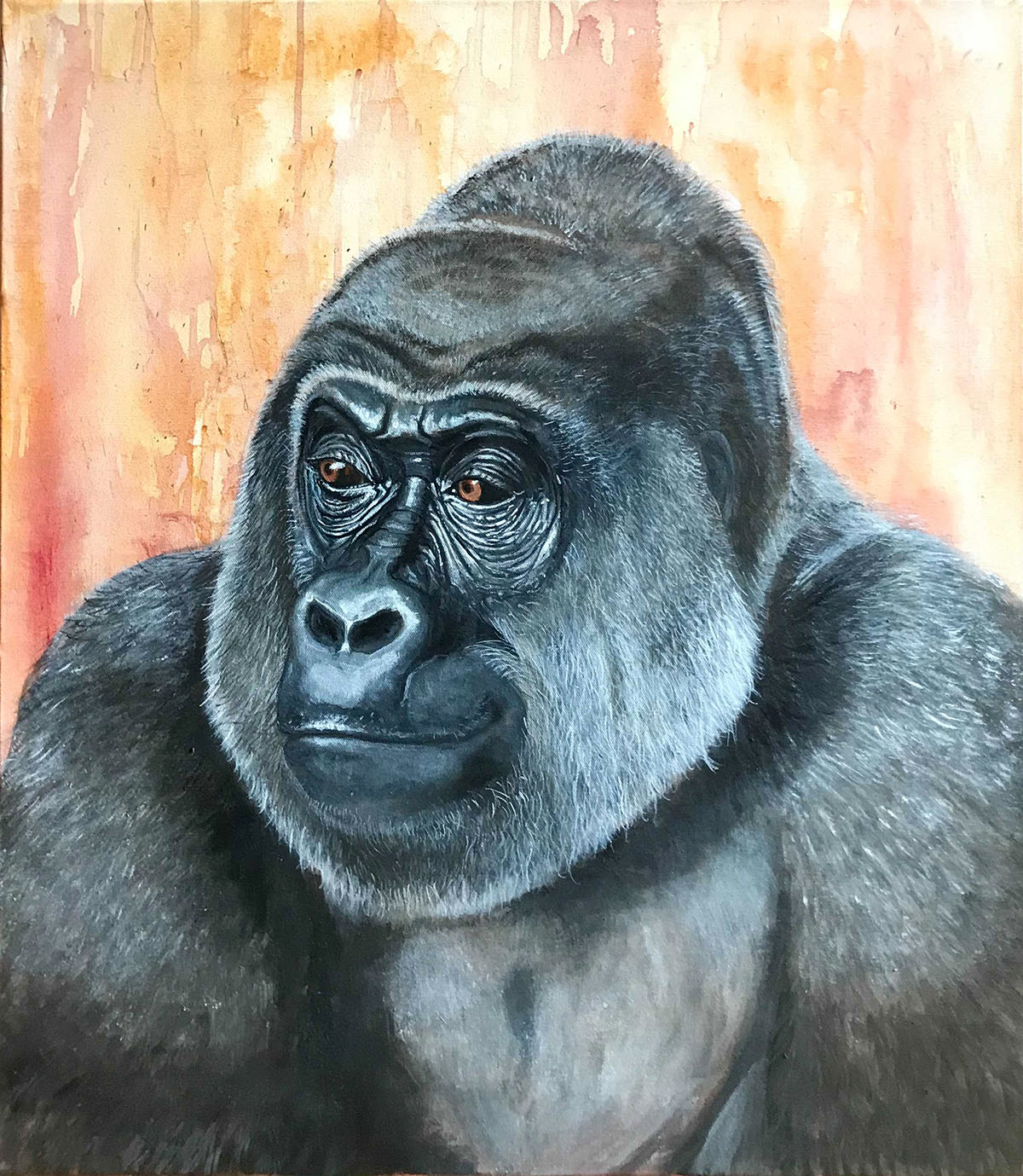
King Bear
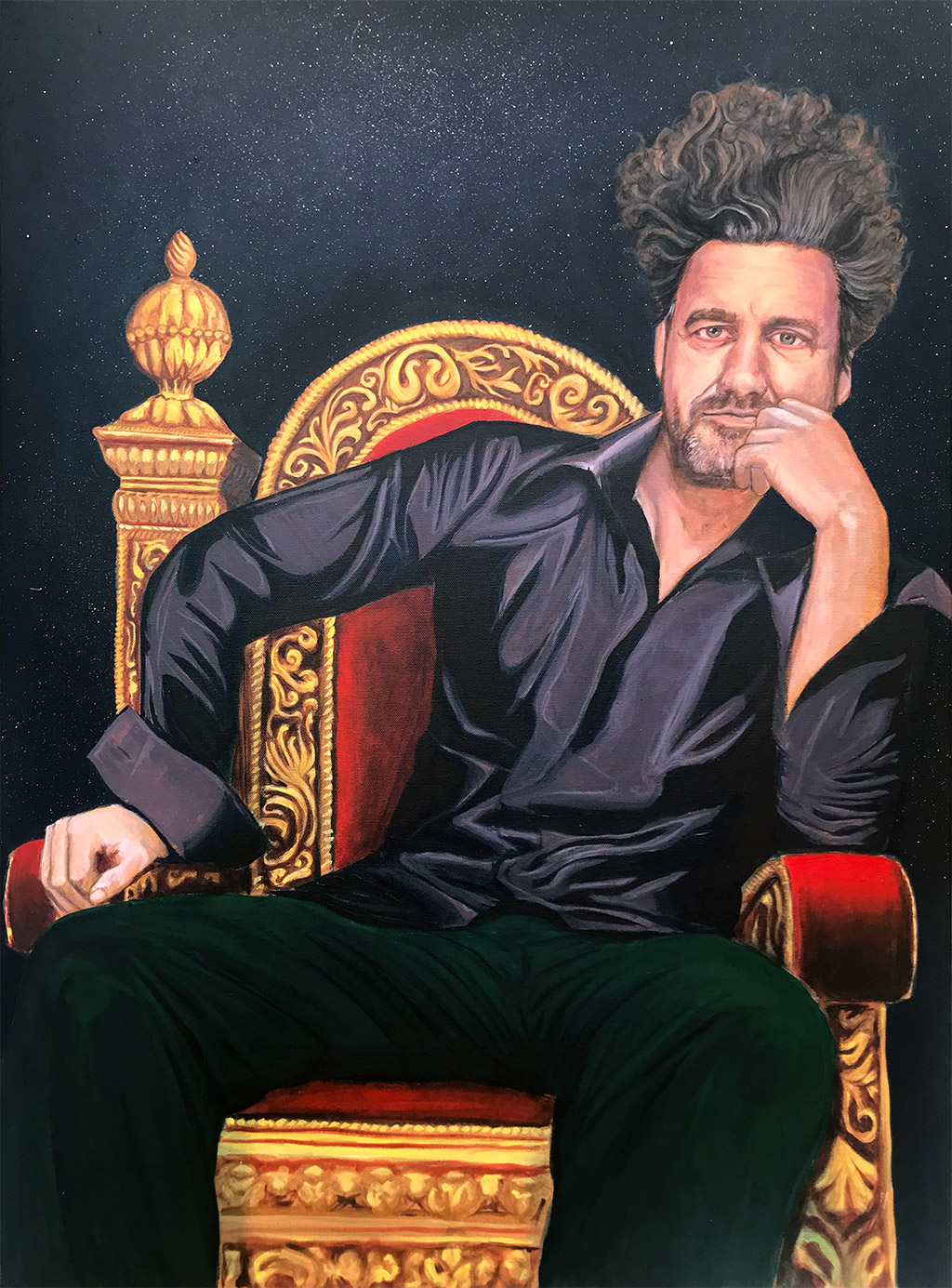
Ben
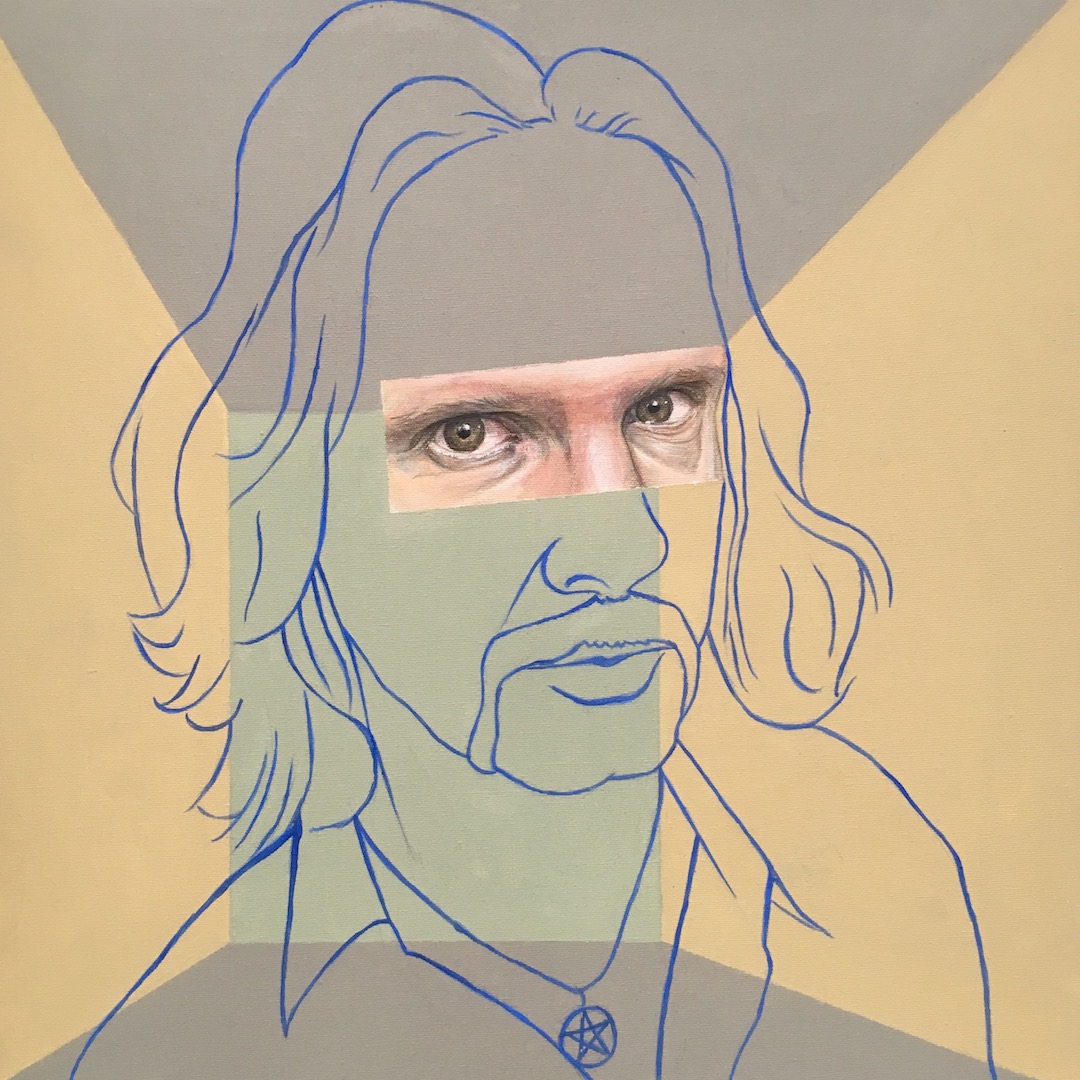
Melinda
